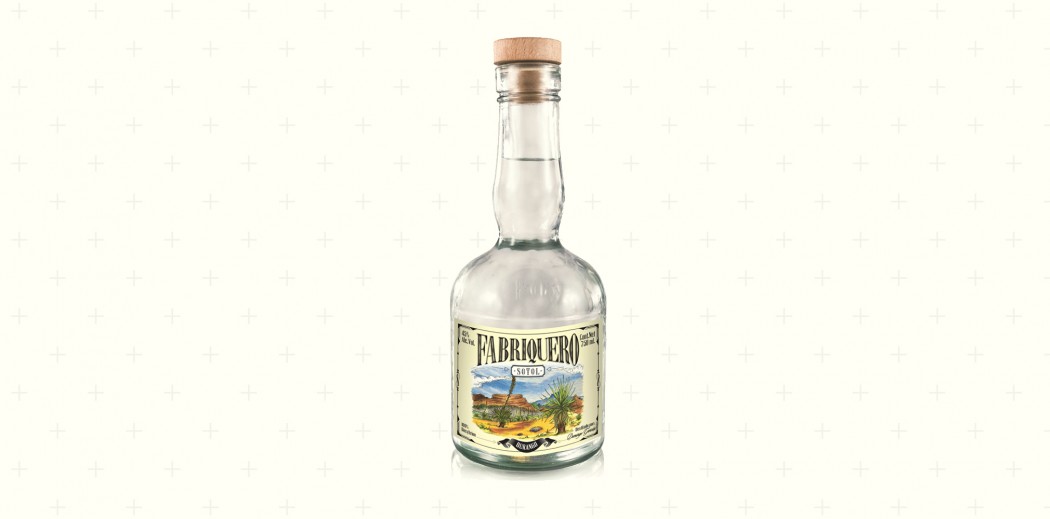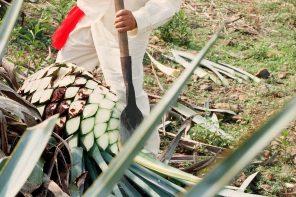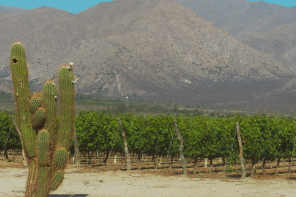Move over, mezcal! Everyone’s favorite agave spirit has a new cousin in town, and it’s called sotol. And it’s actually not new — sotol has been produced in Mexico for hundreds of years, but has seen a resurgence in the last few decades thanks to a renewed interest in tequila and smoky cocktails.
Unlike tequila, sotol isn’t made from agave. It’s distilled from dasylirion, or “desert spoon,” a wild plant that is cooked, crushed and fermented in the same way as agave. Desert spoon grows in northern Mexico, New Mexico and parts of Texas, and sotol is primarily produced in Chihuahua, Coahuila and Durango. Production is no easy feat — the desert spoon takes around 15 years to mature, and each plant yields just one bottle of sotol. Unlike agave, which flowers only once, these plants produce a new flower stalk every few years. Once the desert spoon matures, it’s harvested similar to how agave plants are for mezcal and tequila — the outer leaves are removed, and the core is cooked, shredded, fermented and distilled.
Like I was saying, sotol has been around for a long time. Chihuahuan Indians fermented sotol juice into a boozy, beer-like beverage as early as 800 years ago. And in the 16th century, Spanish colonists introduced them to European distillation techniques to create a spirit. Some sotols go into barrels for aging, so the spirit is broken down into three categories. Like tequila, young plata sotol is clear, while reposado is golden and aged for several months, and the light amber anejo is aged for one to two years.
It’s been considered “Mexican moonshine” for the last century and has only recently started to be legally recognized and permitted by authorities. Sotol is unofficially produced across Mexico, but the spirit can only be labeled as sotol if made in the aforementioned states — Chihuahua, Durango and Coahuila.
Fabriquero Sotol claims to be the oldest sotol distillery in Durango, and is over a century old. Reportedly, Fabriquero has earthy and smoky qualities like mezcal, though this sotol has “grassy notes and an underlying piney sweetness slightly reminiscent of gin. The mesquite and acacia wood… give it a powerful, smoky, barbecue-like nose.”
Ricardo Pico of Sotol Clande told Imbibe that the flavor of the finished product is largely dependent on terroir.
“Sotol from the forest is very piney, with menthol, moss and eucalyptus notes. Sotol from the desert can taste more herbal, earthy, leathery, with dried pepper or cacao flavors.”
Sounds delicious either way.
Sotol Pineapple Mojito
Ingredients
- 2 oz. sotol
- 3 oz. pineapple juice
- ½ oz. lime juice
- mint leaves (reserve some for garnish)
- pineapple wedge , for garnish
Instructions
- MUDDLE mint leaves and lime juice in the bottom of a glass.
- ADD sotol and pineapple juice and stir.
- GARNISH with a sprig of mint and a small wedge of pineapple. Add ice if desired.








